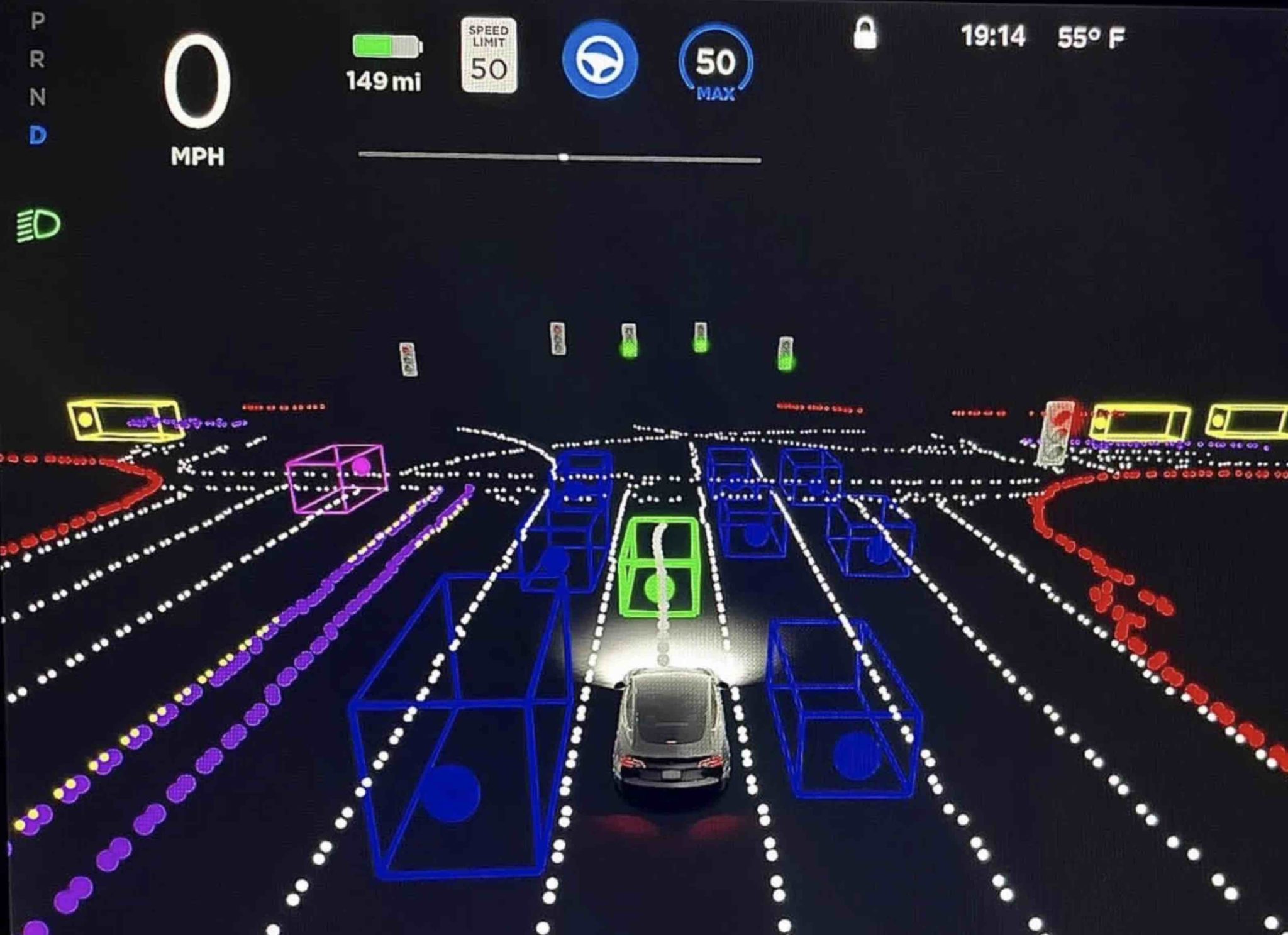The beta version of Tesla’s Total Autonomous Driving (FSD) reaches its fifth version thanks to the input from users ‘chosen’ by the brand, which, after traveling thousands of miles, feed the neural network that improves day by day at a surprising speed.
Since Tesla launched the first version of its long-awaited total autonomous driving in the United States, the networks have been filled with videos where the first users show the software’s evolutions that intend to turn each Tesla into a fully autonomous robotaxi.
This system has just been updated for the fifth time, overcoming, with each version, the gaps that real-life represents for a neural network in the process of learning and growth.
Rolling through residential areas for the first time, driving on busy roads, highways, or even private streets is a challenge for any autonomous driving system.
Reality always surpasses fiction, and day to day, there is no waiting for digitizations of every inch of a street, parking lot, or route.
Elon Musk and his team have followed a ‘human’ line to learn to ride in any circumstance, without waiting for non-vehicle systems to scan the world before driving out each day.
The Rapid Evolution of FSD
The latest video, which has quickly become popular, shows how the system reacts to a Stop in the middle of an intersection when a pedestrian suddenly crosses in a residential area lacking the traditional pedestrian crossing we are used to.
The FSD system still has a long way to go, and the improvements that are to come will bring significant advances. Elon Musk has confirmed that Tesla is working on a “notable” improvement from the vehicle’s use of “360-degree video with high fps video for tagging, training, and inference”.

